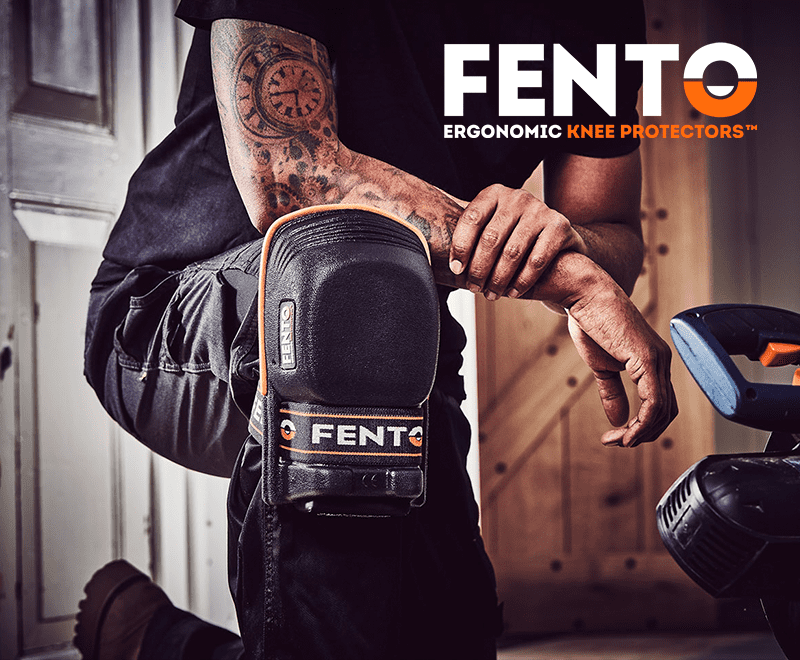Continuing from last month’s column, BAL’s head of standards and specification, David Wilson, explains how to tile in extreme cold conditions
When tiling in cold weathers, for any construction project using cement or epoxy products, it is imperative that the temperature is 5°C and rising.
“And rising” is the crucial part – there is no good in starting your project at 5°C, only for it to fall during the day or night.
A crucial thing to remember is that the floor or wall background temperature – not the air temperature – should also be 5°C and rising. Floor and wall temperatures, particularly in open plan new builds, may still remain below 5°C throughout the day, even when the air temperature rises slightly.
Colder temperatures significantly increase working and open times, and as a result, extend the drying times for tile adhesives– especially with respect to standard-setting products. In the case of grouts, this may also increase the risk of generating efflorescence (salt deposits).
It has been known for standard-setting adhesives to still not be sufficiently set hard after 7 days following application in colder temperatures (instead of approximately 24 hours at 20°C, with the cement hydration reaction being significantly slowed down.
If underfloor heating is installed in the screed, this should be commissioned before tiling at a rate of 5°C per day up to the maximum operating temperature as recommended by the heating manufacturer. In colder weather, this can then be turned down to 15°C before tiling commences.
Where there is no underfloor heating, additional heating sources can be brought into indoor rooms up to warm them to the required 5°C and rising before tiling commences.
Just like in warmer weathers, never leave bags lying around outside or even overnight in vans, as overnight cold temperatures can have a negative performance impact on your tiling products. We’ve even seen incidents of primers and the like freezing in the back of vans!
It is also important not to try and speed up processes – never be tempted to mix your adhesive or grout with warm water – as this will cause flash setting and can significantly impact the products performance.
Use clean cold water that has been brought up to room temperature is also advised for optimal working and open times.
When cementitious tile adhesives are mixed with water, they go through a chemical reaction called hydration which generates heat (exothermic process). If the adhesive is applied at higher site temperatures, the speed of the chemical reaction increases. This leads to shorter working and setting times.
At colder temperatures, the reverse is true, which can see working and open times increase significantly.
While we can use specialist additives in cementitious tile adhesive formulations to control the chemical reaction under ambient temperatures i.e., 20°C, for rapid-setting cementitious tile adhesives, the rate of stiffening and hardening of the mixed mortar increases significantly. This means much shorter working and application times.
www.bal-adhesives.com








